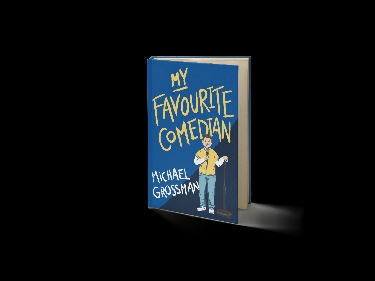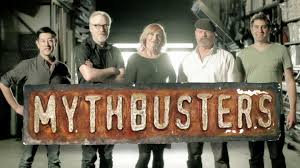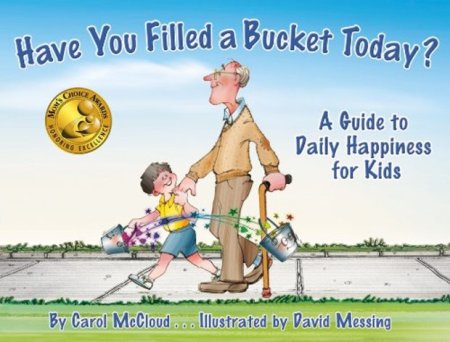My new children’s book, My Favourite Comedian, is available in both print and digital form. My royalty is slightly better for digital purchases due to the fact there are no printing costs involved. But I would prefer that kids buy a physical book over a digital one.
I believe that reading from a physical book is better for kids’ eyes and for their comprehension of the material.
A recent article backs up my theory:
But Atkinson, who guesses that her family of four in Orinda, California, spends half their reading time with physical books, said that she has noticed a difference between how her son reads paper books and how he reads digitally. He has a tendency to skim more in Epic! “He might be more inclined to flip in Epic!, just flip through and see if he likes a book, skipping around. When it’s a physical book, he’s going to sit and read until he’s tired of reading. But in Epic!, he knows there are so many [books], he will read a little faster.”
According to San Jose State University researcher Ziming Lu, this is typical “screen-based reading behavior,” with more time spent browsing, scanning and skimming than in-depth reading. As reading experiences move online, experts have been exploring how reading from a screen may be changing our brains. Reading expert Maryanne Wolf, author of Proust and the Squid, has voiced concerns that digital reading will negatively affect the brain’s ability to read deeply for sophisticated understanding, something that Nicholas Carr also explored in his book, The Shallows. Teachers are trying to steer students toward digital reading strategies that practice deep reading, and nine out of ten parents say that having their children read paper books is important to them.
Special Announcement:
I am donating 100% of the royalties of my hilarious new children’s book, My Favourite Comedian, during the month of January to those affected by the devastating bushfires in my country, Australia. This book is perfect for children aged 9 to 14 and the ideal class novel for Upper Primary students. Please leave a comment to indicate your purchase. You can buy a copy by clicking on this link.











